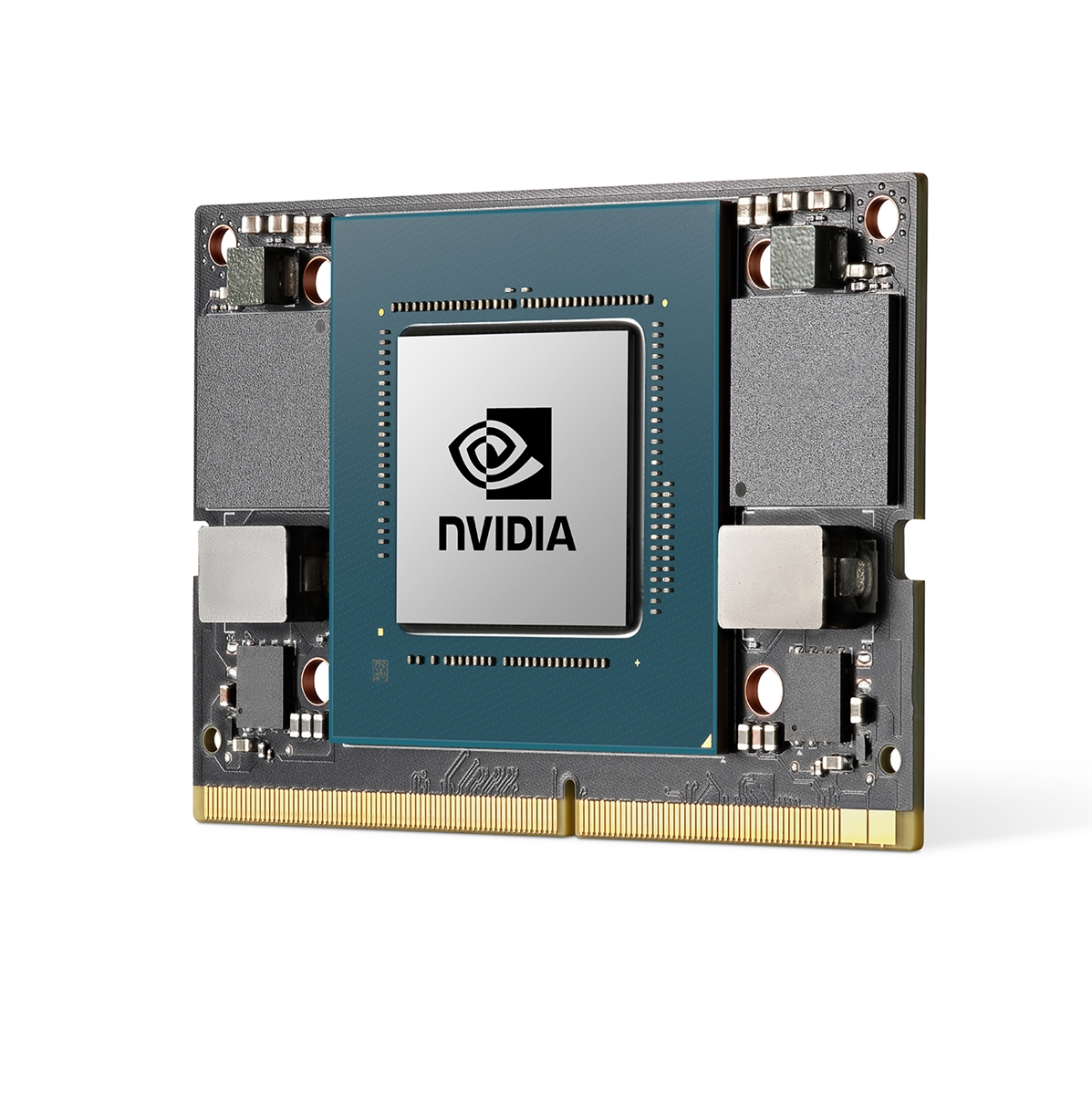Understanding Embedded Systems: The Brains Behind Modern Technology

In our increasingly interconnected world, where devices seamlessly communicate and perform complex tasks with minimal human intervention, the concept of embedded systems plays a pivotal role. From the smartphone in your pocket to the intricate systems in a modern car, embedded systems are the silent enablers of functionality and automation. This article delves into what embedded systems are, their components, and applications in defense and commercial settings.
What are Embedded Systems?
Embedded systems are specialized computing systems designed to perform dedicated functions within a larger mechanical or electrical system. Unlike general-purpose computers that can run a variety of applications, embedded systems are tailored to execute specific tasks, often with real-time constraints and resource limitations. They are typically built around microcontrollers or microprocessors that integrate processing power, memory, and input/output interfaces on a single chip.
Related Rugged Embedded Computers from Systel
Components of Embedded Systems
Embedded systems consist of several key components:
- Microcontroller/Microprocessor: This is the heart of the embedded system, responsible for executing instructions and processing data.
- Memory: Includes both volatile (RAM) and non-volatile (ROM, Flash) memory for storing program code, data, and configurations.
- Input Devices: Sensors and interfaces (e.g., touchscreens, buttons, cameras) that gather data from the environment or user.
- Output Devices: Displays, actuators, LEDs, or speakers that provide feedback or interact with the system’s surroundings.
- Communication Interfaces: Wired (Ethernet, USB) or wireless (Wi-Fi, Bluetooth) connections for data exchange with other systems or the internet.
- Power Supply: Often optimized for low power consumption, crucial for devices requiring long battery life.
Applications of Embedded Systems

Embedded systems are pervasive across industries, enhancing functionality and automation in various applications:
- Consumer Electronics: Smartphones, digital cameras, wearable devices, and home appliances utilize embedded systems for seamless user interaction and efficient operation.
- Automotive: From engine control units (ECUs) managing fuel injection to advanced driver assistance systems (ADAS) ensuring safety, cars integrate numerous embedded systems for performance and functionality.
- Industrial Automation: Programmable Logic Controllers (PLCs) and Supervisory Control and Data Acquisition (SCADA) systems employ embedded technologies to monitor and control manufacturing processes, ensuring efficiency and reliability.
- Healthcare: Medical devices such as MRI machines, infusion pumps, and pacemakers rely on embedded systems for accurate operation and patient safety.
- Telecommunications: Routers, modems, and network switches use embedded systems to manage data routing and communication protocols.
- Aerospace and Defense: Avionics systems in aircraft and navigation equipment in military applications are critical examples of embedded systems ensuring mission success and safety.

Contact Us to Learn More about Systel's Embedded Computers for Defense or Commercial Use
Contact usDesign Challenges and Considerations
Designing embedded systems presents unique challenges:
- Real-time Constraints: Some applications require immediate responses to inputs (e.g., ABS in cars), necessitating predictable and fast operation.
- Resource Constraints: Limited memory, processing power, and energy efficiency are crucial considerations, especially for battery-operated devices.
- Reliability and Safety: Failure in embedded systems can have severe consequences (e.g., in medical or automotive domains), necessitating rigorous testing and fault-tolerant design.
- Security: With increasing connectivity, embedded systems face vulnerabilities that must be addressed to protect data and ensure system integrity.
Future Trends in Embedded Systems
The evolution of embedded systems is driven by advancements in technology:
- Internet of Things (IoT): Interconnectivity among devices is expanding, creating a network of embedded systems that communicate and collaborate to enhance functionality and efficiency.
- Artificial Intelligence (AI): Integration of AI and machine learning algorithms in embedded systems enables autonomous decision-making and predictive capabilities, revolutionizing industries like robotics and autonomous vehicles.
- Edge Computing: Processing data closer to where it’s generated (at the edge of networks) reduces latency and enhances responsiveness, critical for applications requiring real-time analysis and decision-making.
- Embedded Systems in Healthcare: Advancements in wearable medical devices and remote patient monitoring systems are transforming healthcare delivery, improving patient outcomes and reducing healthcare costs.
Summary
Embedded systems are the invisible but indispensable components of modern technology, powering devices and systems that permeate our daily lives. From enhancing convenience in consumer electronics to ensuring safety and efficiency in critical applications like healthcare and automotive industries, embedded systems continue to evolve and innovate. As technology progresses, the integration of AI, IoT, and edge computing will further expand the capabilities and applications of embedded systems, paving the way for a more interconnected and automated future.
Understanding the intricacies of embedded systems highlights their significance in shaping the technological landscape, driving innovation, and enabling the next generation of smart devices and intelligent systems.
Systel’s Connection
Systel makes embedded computers to be used in larger systems. Our computers are also ruggedized to either meet stringent MIL-SPEC standards or to satisfy the unique needs of civilian/commercial applications.
Our embedded computers serve as the brain in systems that include uncrewed vehicles, sensor ingest, electronic warfare, and a wide range of applications that require real-time AI processing at the edge.



